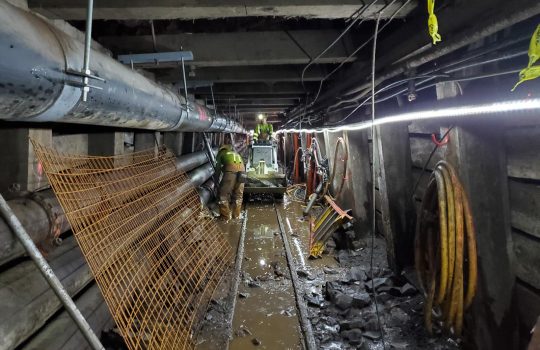Can neutrinos help explain what’s the matter with antimatter?
From Penn Today, Sept. 23, 2019: A team of researchers the University of Pennsylvania published results from the first set of experiments that can help answer these and other questions in fundamental physics. Their results are an important first step towards building the international Deep Underground Neutrino Experiment, hosted by Fermilab.


